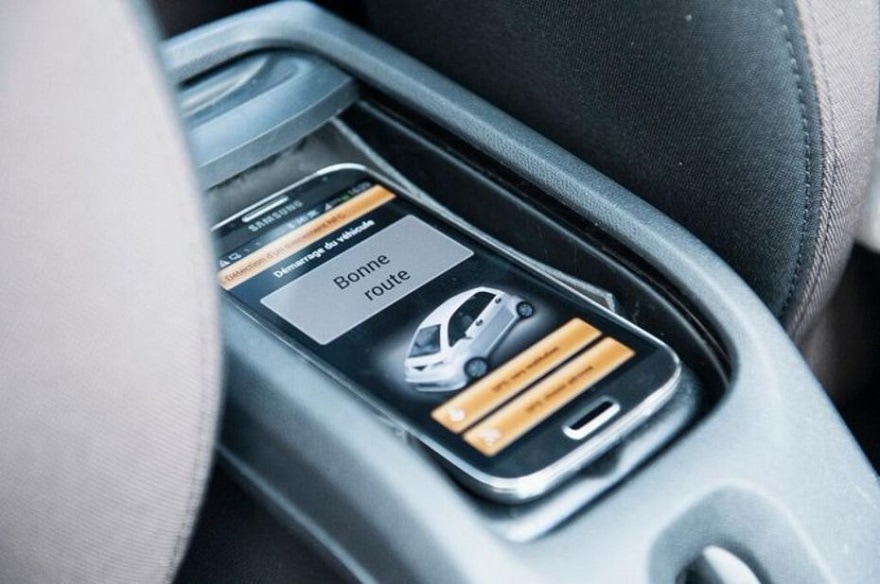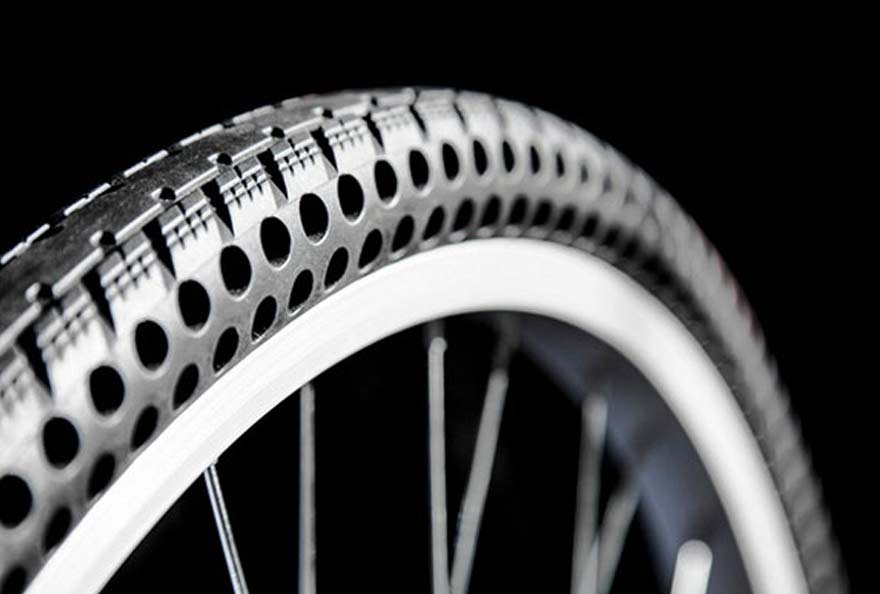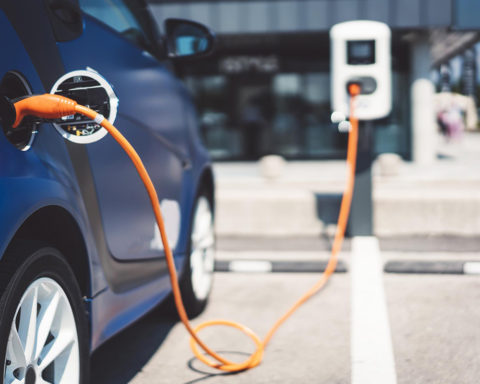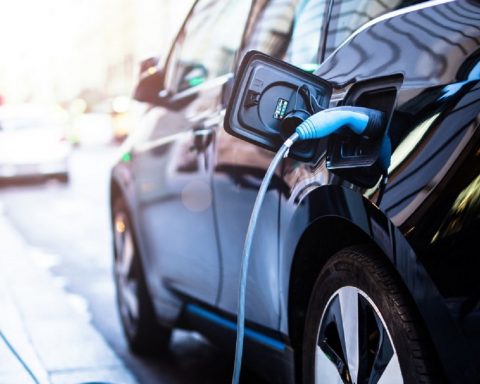After smartphones, smartcars?
2025: the autonomous car
ALSO TO BE READ IN UP': Driverless car: what are the risks?
READ ALSO IN UP' : Artificial intelligence: what responsibility in case of an accident?
READ ALSO IN UP' : Automobiles: the race for autonomy is starting to cost a lot of money












